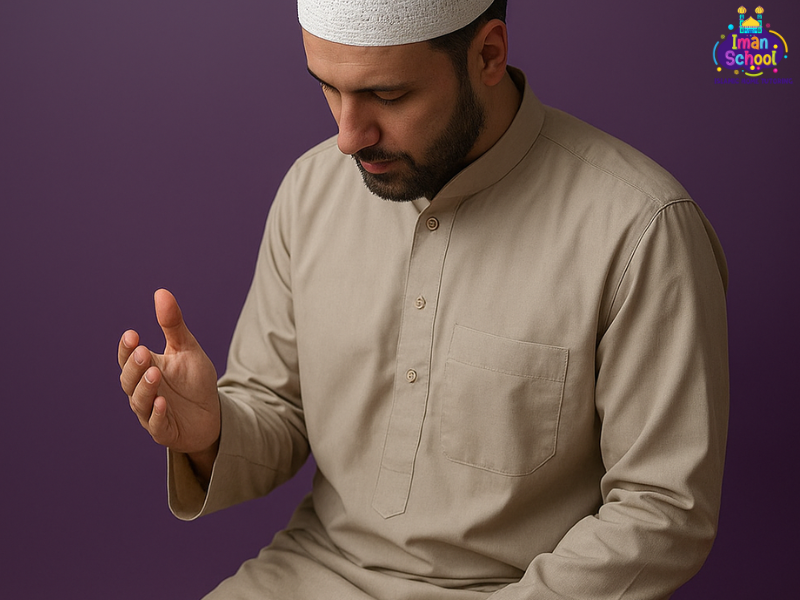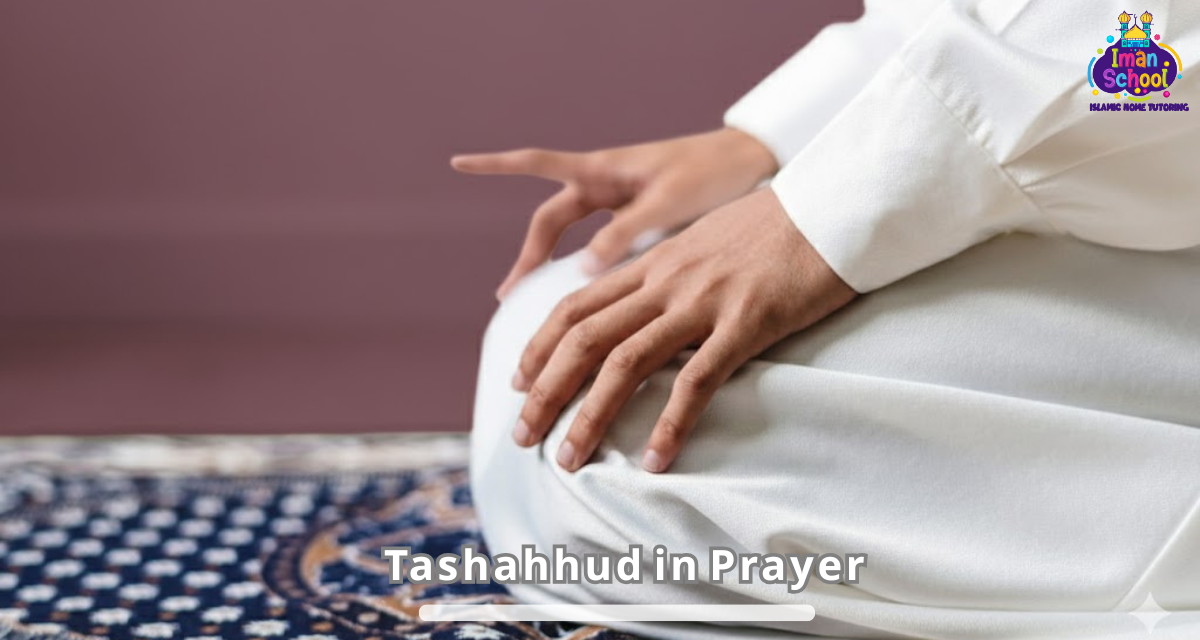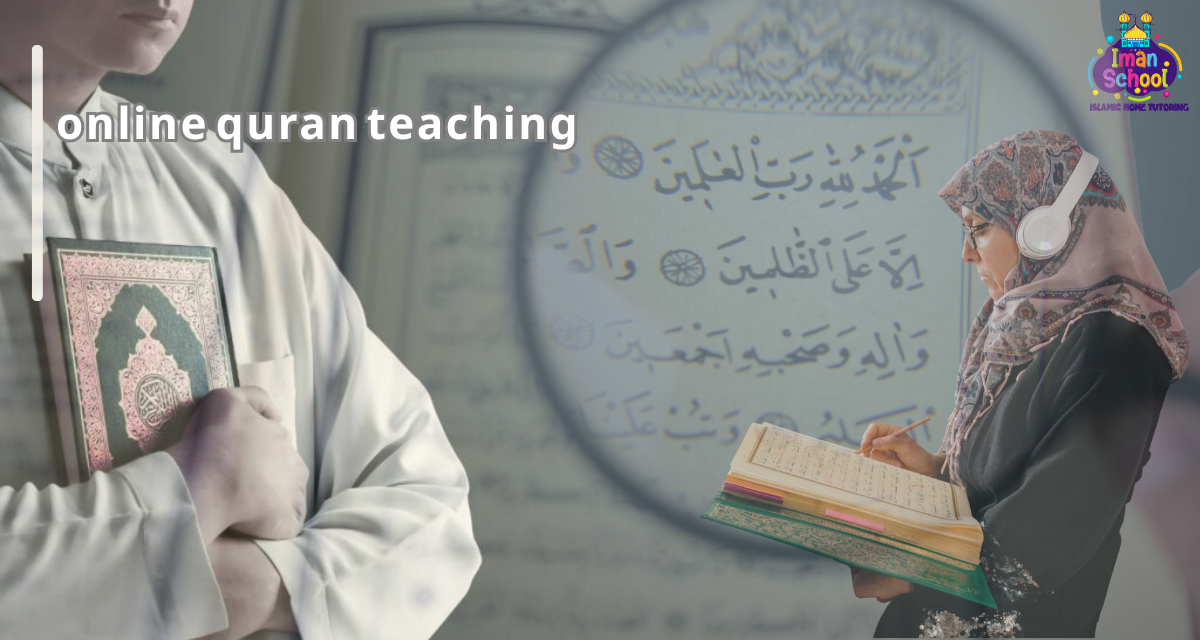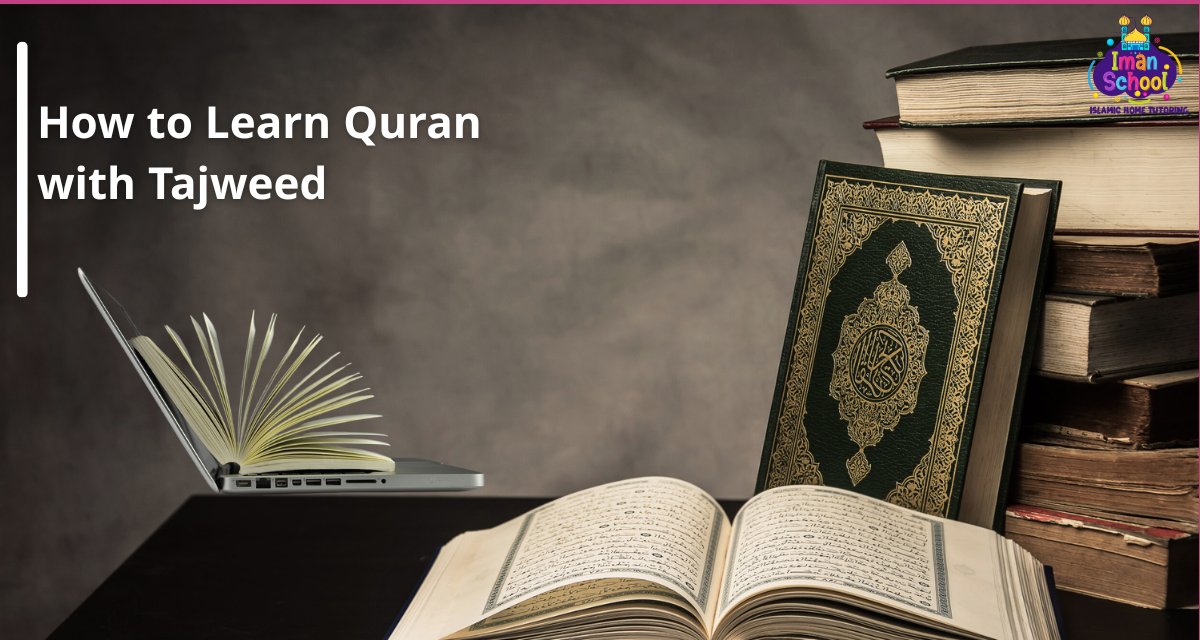For every Muslim, the Tashahhud in Prayer is a pause, a seated moment of profound dialogue with Allah. It's the core declaration of faith recited twice in every multi-unit prayer. But many Muslims, especially those who learn Tashahhud for beginners later in life, wonder: What exactly is the meaning of this powerful text, when exactly do we say it, and what are the specific rules for the finger movement? This guide will break down the crucial role of the Tashahhud in Prayer based on the Sunnah and scholarly consensus.
What is Tashahhud in Prayer?
The Tashahhud in Prayer is a specific verbal recitation performed while sitting (called Jalsah) during the Salah. It is essentially a declaration of faith (Shahadah) preceded by greetings to Allah, the Prophet, and the righteous servants.
The primary text, the Tashahhud full text, begins with the phrase:
"التَّحِيَّاتُ لِلَّهِ..." (At-tahiyyātu lillāhi...)
The recitation is a moment where the worshipper affirms Allah's Oneness and the Prophethood of Muhammad (PBUH) while seated in the Tashahhud position in salah.

Read more: Salat al-Istikhara
When do you say Tashahhud in Prayer?
There are two occasions when you say the Tashahhud in Prayer:
-
First Tashahhud (Middle Sitting): Recited after the second Rak'ah (unit) in all three- or four-Rak'ah prayers (like Dhuhr, Asr, Maghrib, and Ishā'). In this sitting, you recite only the Tashahhud full text and then stand up for the third Rak'ah.
-
Final Tashahhud (Last Sitting): Recited after the very last Rak'ah of every prayer. In this sitting, you recite the Tashahhud full text followed by the Salat al-Ibrahimiyyah (or salawat ibrahimiya), and then the optional Duas before ending the prayer with Taslim.
For example, asking how many Tashahhud in Maghrib (a three-Rak'ah prayer): there are two—one after the second Rak'ah and one after the third.
Is Tashahhud mandatory for prayer validity?
The ruling on whether is Tashahhud compulsory differs between the first and final sitting, based on scholarly consensus:
First Tashahhud (Middle Sitting)
This is considered Wajib (obligatory) by the majority of scholars, but not a pillar (Rukn). If a worshipper forgets it and only remembers after standing up, they should proceed and perform Sujud as-Sahw (the prostrations of forgetfulness) at the end of the prayer. This clarifies the ruling on forgetting Tashahhud.
Final Tashahhud (Last Sitting)
This is considered a Rukn (Pillar) of the Salah by the majority of scholars. If a worshipper misses the final Tashahhud in Prayer, the entire Salah is invalid and must be repeated.
Explore now: Battle of Badr in Islamic History
What is the meaning of Tashahhud?
The meaning of Attahiyyat and the subsequent statements in the Tashahhud in Prayer is a dialogue of immense spiritual weight. The Tashahhud full text (the most common version being that of Ibn Mas'ud) is:
التَّحِيَّاتُ لِلَّهِ وَالصَّلَوَاتُ وَالطَّيِّبَاتُ، السَّلاَمُ عَلَيْكَ أَيُّهَا النَّبِيُّ وَرَحْمَةُ اللَّهِ وَبَرَكَاتُهُ، السَّلاَمُ عَلَيْنَا وَعَلَى عِبَادِ اللَّهِ الصَّالِحِينَ، أَشْهَدُ أَنْ لاَ إِلَهَ إِلاَّ اللَّهُ وَأَشْهَدُ أَنَّ مُحَمَّدًا عَبْدُهُ وَرَسُولُهُ
Meaning Breakdown:
-
"All greetings, prayers, and good things are for Allah." (A dedication of all forms of worship to God).
-
"Peace be upon you, O Prophet, and the Mercy of Allah and His blessings." (A greeting and supplication for the Prophet).
-
"Peace be upon us and upon the righteous slaves of Allah." (A supplication for all believers, living and deceased).
-
"I bear witness that none has the right to be worshipped but Allah, and I bear witness that Muhammad is His slave and Messenger." (The core declaration of Tawheed).
Learn more: Major vs Minor Sins in Islam
What is Salat al-Ibrahimiyyah?
Salat al-Ibrahimiyyah (also called salawat ibrahimiya) is the specific prayer upon the Prophet (PBUH) that follows the Tashahhud in Prayer in the final sitting. It is not recited in the first Tashahhud.
The Salat al-Ibrahimiyyah meaning is to ask Allah to bestow His praise and blessings upon the Prophet Muhammad and his family, just as He did upon the Prophet Abraham and his family.
"اللَّهُمَّ صَلِّ عَلَى مُحَمَّدٍ وَعَلَى آلِ مُحَمَّدٍ، كَمَا صَلَّيْتَ عَلَى إِبْرَاهِيمَ وَعَلَى آلِ إِبْرَاهِيمَ، إِنَّكَ حَمِيدٌ مَجِيدٌ. اللَّهُمَّ بَارِكْ عَلَى مُحَمَّدٍ وَعَلَى آلِ مُحَمَّدٍ، كَمَا بَارَكْتَ عَلَى إِبْرَاهِيمَ وَعَلَى آلِ إِبْرَاهِيمَ، إِنَّكَ حَمِيدٌ مَجِيدٌ"
How do I memorize Tashahhud easily?
To learn Tashahhud for beginners, follow this Tashahhud step by step method:
-
Listen Repeatedly: Find a clear audio recording of the Tashahhud full text and listen to it multiple times daily.
-
Use Transliteration: Use the Tashahhud transliteration (At-tahiyyātu lillāhi...) as a temporary guide, but transition quickly to the Arabic text.
-
Break it Down: Memorize the text in three parts: the greetings to Allah, the greetings to the Prophet and the righteous, and finally, the two declarations of faith.
-
Understand the Meaning: Understanding the meaning of Attahiyyat makes the text stick better.
How to move the finger during Tashahhud in Prayer?
The finger movement in Tashahhud is an established Sunnah, symbolizing the affirmation of Tawheed (Monotheism).
-
Position: The right hand is placed on the thigh or knee. The fingers are typically curled into a light fist, with the index finger pointed towards the Qiblah.
-
When to Start: The dominant view is to start raising the finger when reciting the phrase: "أَشْهَدُ أَنْ لاَ إِلَهَ إِلاَّ اللَّهُ" (I bear witness that none has the right to be worshipped but Allah).
-
When to Stop: Keep the finger raised (sometimes moving it slightly, sometimes stationary, according to different schools) until the very end of the final Taslim. This answers the question: when should I start and stop raising my finger in Tashahhud.
Discover now: difference between Islam and Iman
What is the best version of Tashahhud in Prayer?
There are several authentic versions of the Tashahhud in Prayer narrated in the Ahadith. The two most famous are:
-
Ibn Mas'ud's Version: (The one recited above) This is the most widely accepted and practiced version globally and is often referred to simply as What to say in Tashahhud.
-
Ibn Abbas's Version: Slightly different phrasing but the same core meaning.
The ruling is that all authentically narrated versions are acceptable. The key is to choose one authentic version and recite the Tashahhud in Prayer consistently with focus and sincerity.

What Duas are said after Tashahhud?
After completing the Tashahhud full text and the Salat al-Ibrahimiyyah in the final sitting, it is highly recommended (Mustahab) to recite Duas before the final Taslim.
The most important and mandatory Dua to recite is that seeking refuge from four things, as mentioned by the Prophet (PBUH):
"اللَّهُمَّ إِنِّي أَعُوذُ بِكَ مِنْ عَذَابِ جَهَنَّمَ، وَمِنْ عَذَابِ الْقَبْرِ، وَمِنْ فِتْنَةِ الْمَحْيَا وَالْمَمَاتِ، وَمِنْ شَرِّ فِتْنَةِ الْمَسِيحِ الدَّجَّالِ"
(O Allah, I seek refuge in You from the punishment of Hellfire, and from the punishment of the grave, and from the trials of life and death, and from the evil of the trial of the False Messiah (Ad-Dajjal)). This is the primary dua after Tashahhud.
Find out more: Khadija bint Khuwaylid
How to say Tashahhud in Arabic?
Full Text in Arabic
التحيات لله، والصلوات والطيبات،
السلام عليك أيها النبي ورحمة الله وبركاته،
السلام علينا وعلى عباد الله الصالحين،
أشهد أن لا إله إلا الله، وأشهد أن محمدًا عبده ورسوله.اللهم صلِّ على محمدٍ وعلى آل محمد،
كما صليت على إبراهيم وعلى آل إبراهيم،
إنك حميد مجيد.
اللهم بارك على محمدٍ وعلى آل محمد،
كما باركت على إبراهيم وعلى آل إبراهيم،
إنك حميد مجيد.
Transliteration (Pronunciation)
At-tahiyyātu lillāhi waṣ-ṣalawātu waṭ-ṭayyibāt,
as-salāmu ʿalayka ayyuhā an-nabiyyu wa raḥmatullāhi wa barakātuh,
as-salāmu ʿalaynā wa ʿalā ʿibādillāhi aṣ-ṣāliḥīn,
ash-hadu an lā ilāha illā Allāh,
wa ash-hadu anna Muḥammadan ʿabduhu wa rasūluh.Allāhumma ṣalli ʿalā Muḥammad wa ʿalā āli Muḥammad,
kamā ṣallayta ʿalā Ibrāhīm wa ʿalā āli Ibrāhīm,
innaka ḥamīdun majīd.
Allāhumma bārik ʿalā Muḥammad wa ʿalā āli Muḥammad,
kamā bārakta ʿalā Ibrāhīm wa ʿalā āli Ibrāhīm,
innaka ḥamīdun majīd.
English Translation
All greetings, prayers, and pure words are for Allah.
Peace be upon you, O Prophet, and the mercy of Allah and His blessings.
Peace be upon us and upon the righteous servants of Allah.
I bear witness that there is no god but Allah, and I bear witness that Muhammad is His servant and messenger.O Allah, send Your blessings upon Muhammad and upon the family of Muhammad,
as You sent blessings upon Ibrahim and the family of Ibrahim;
indeed, You are Praiseworthy and Glorious.
O Allah, bless Muhammad and the family of Muhammad,
as You blessed Ibrahim and the family of Ibrahim;
indeed, You are Praiseworthy and Glorious.
Know more: Quran and Sunnah Relationship
FAQs
Is the First Tashahhud obligatory?
The First Tashahhud is considered Wajib (obligatory) by the majority of scholars. If forgotten, it requires the performance of Sujud as-Sahw (Prostration of Forgetfulness) at the end of the prayer.
What is the Dua for the End of Prayer?
The essential Dua for the End of Prayer is the one seeking refuge from the four trials (Hellfire, the Grave, the trials of life and death, and the Dajjal). You can also add other authentic Duas asking for forgiveness and mercy after the second Tashahhud dua.
Do I have to move my finger during Tashahhud?
Do I have to move my finger during Tashahhud? No, you don't have to, but it is a strong Sunnah. Some narrations mention moving it gently, while others suggest keeping it still but raised. The act of raising it to symbolize God's Oneness is the key practice.
What is Sujud as-Sahw?
Sujud as-Sahw is the Prostration of Forgetfulness. It is performed at the end of the prayer to compensate for forgetting a Wajib act (like the first Tashahhud in Prayer) or performing an extra action unintentionally. This addresses the ruling on forgetting Tashahhud.
When should I start and stop raising my finger in Tashahhud?
You should start raising your finger when you recite the words: "أَشْهَدُ أَنْ لاَ إِلَهَ إِلاَّ اللَّهُ" in the Tashahhud final sitting and keep it raised until you conclude the prayer with the Taslim (saying As-salamu alaykum).
Check it out: The rights of a neighbor in Islam
Enroll in Our Online Course on the Meaning of Every Word in Prayer
Do you want to elevate your Salah from mere movements to profound conversation? Mastering the Tashahhud in Prayer begins with understanding the meaning of Attahiyyat and every subsequent word. Iman School is a leading online Islamic academy offering certified courses that focus on the spiritual depth of worship.
Enroll in Our Online Course on the Meaning of Every Word in Prayer today to find peace and focus in your daily Salah.
Iman School offers courses in:
-
Quranic Studies and Tajweed
-
Arabic Language
-
Islamic Sciences (Fiqh, Hadith)
-
Prophetic Ethics and Manners (Akhlaq)
-
Jurisprudence of Interaction (Fiqh al-Ta'amul)




